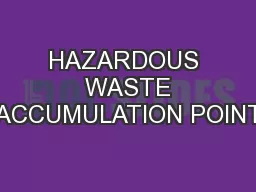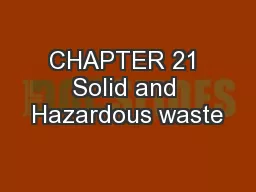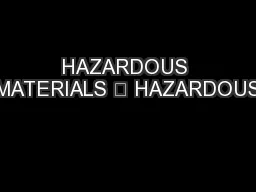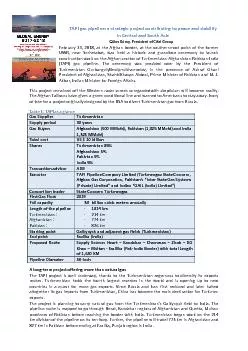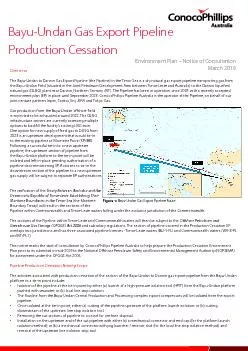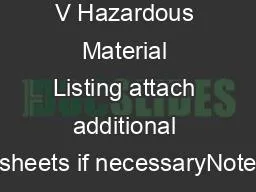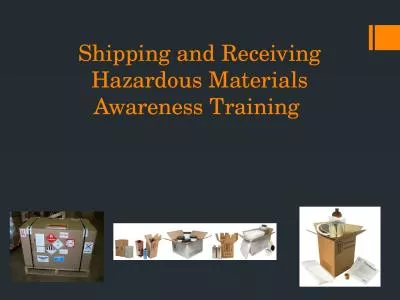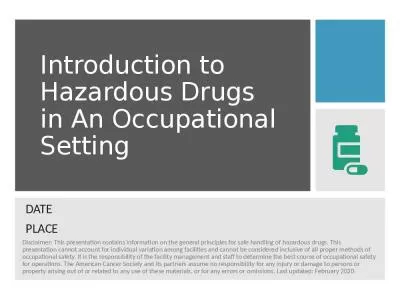PPT-Pipeline and Hazardous Material Administration
Author : yoshiko-marsland | Published Date : 2016-12-19
PHMSA Department of Transportation AN OVERVIEW OF INTERNAL SHORT CIRCUIT SCREENING TEST METHODS FOR LITHIUM BATTERIES and a Proposal for Test T6 Modification
Presentation Embed Code
Download Presentation
Download Presentation The PPT/PDF document "Pipeline and Hazardous Material Administ..." is the property of its rightful owner. Permission is granted to download and print the materials on this website for personal, non-commercial use only, and to display it on your personal computer provided you do not modify the materials and that you retain all copyright notices contained in the materials. By downloading content from our website, you accept the terms of this agreement.
Pipeline and Hazardous Material Administration: Transcript
Download Rules Of Document
"Pipeline and Hazardous Material Administration"The content belongs to its owner. You may download and print it for personal use, without modification, and keep all copyright notices. By downloading, you agree to these terms.
Related Documents





